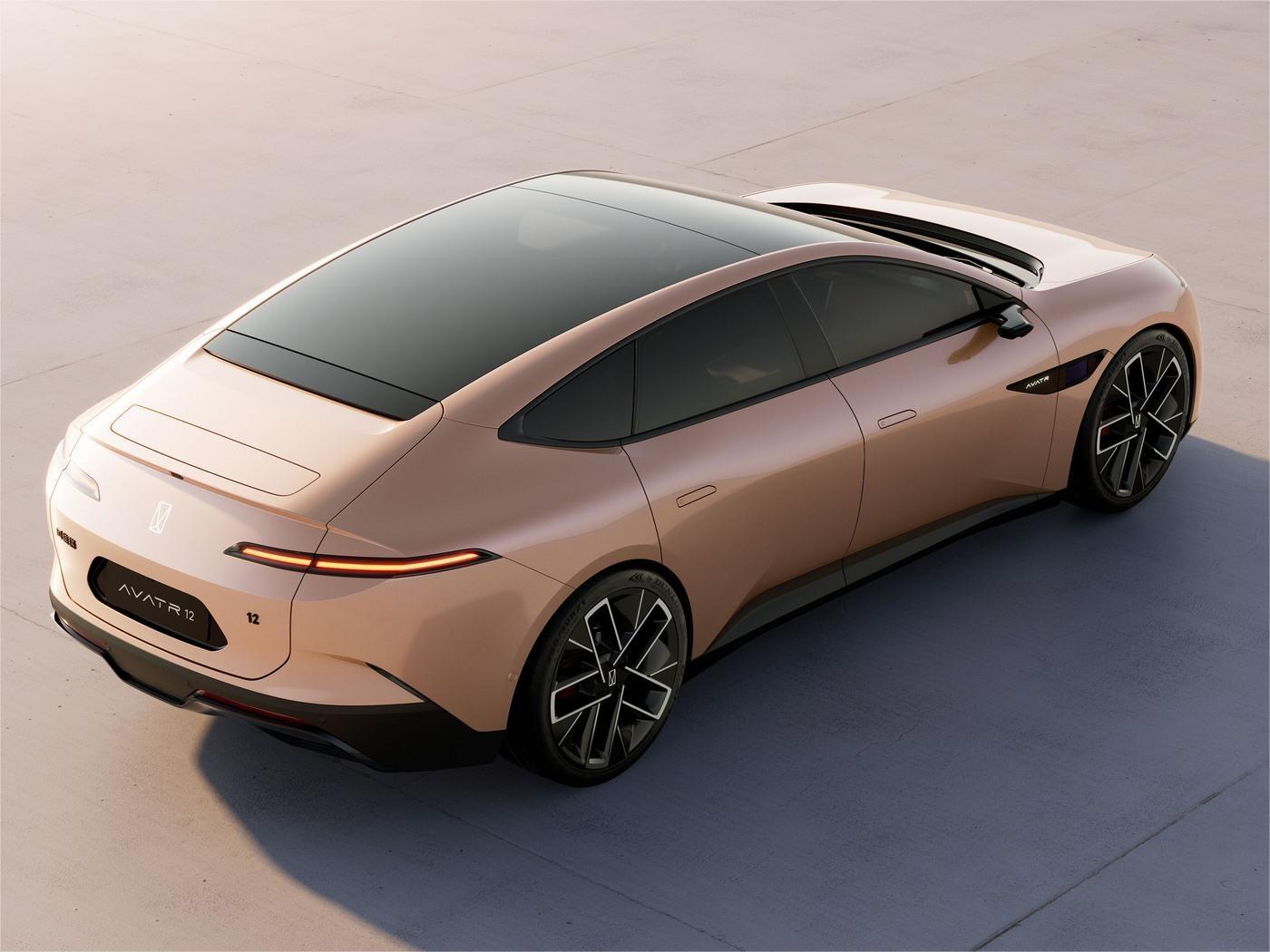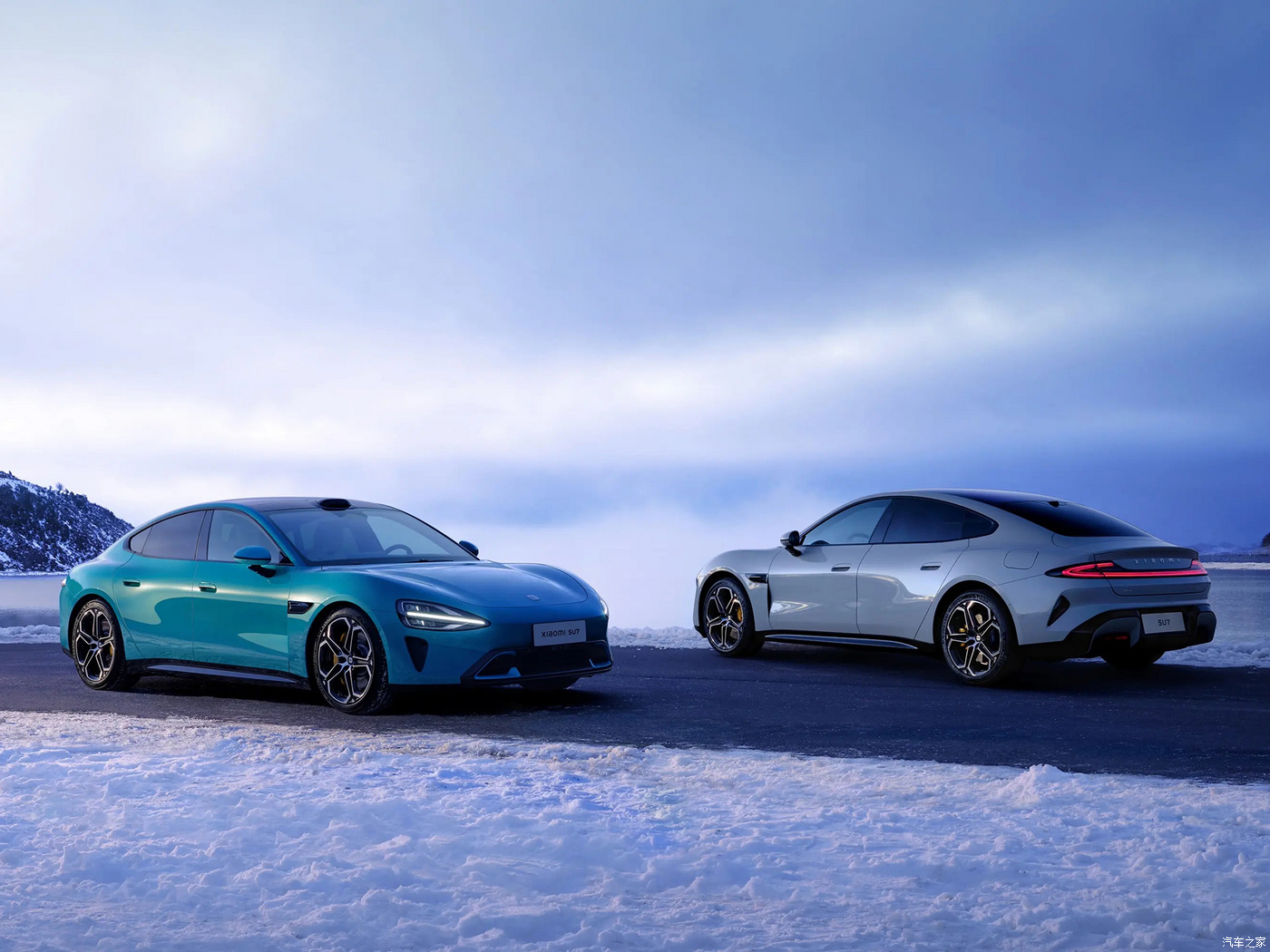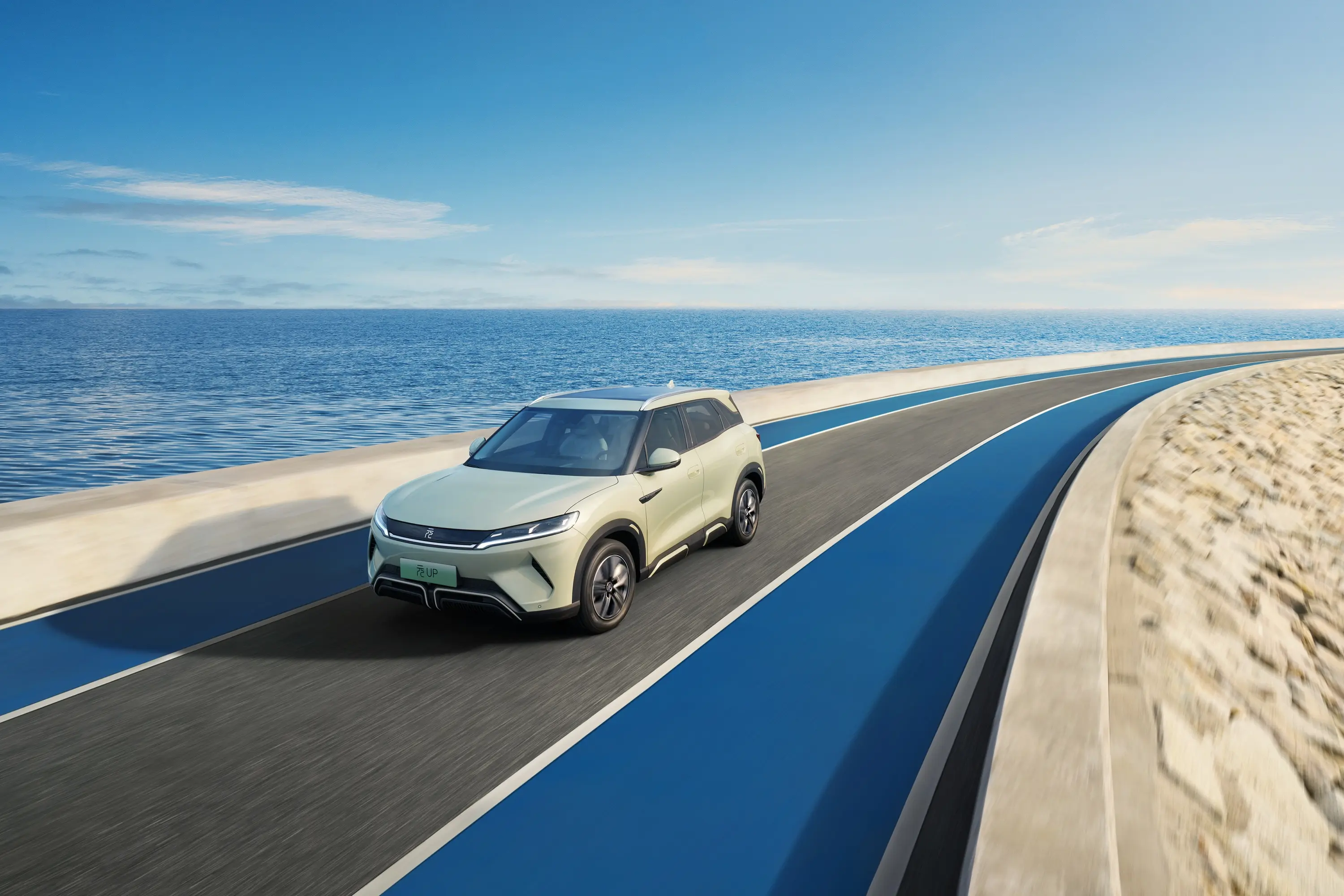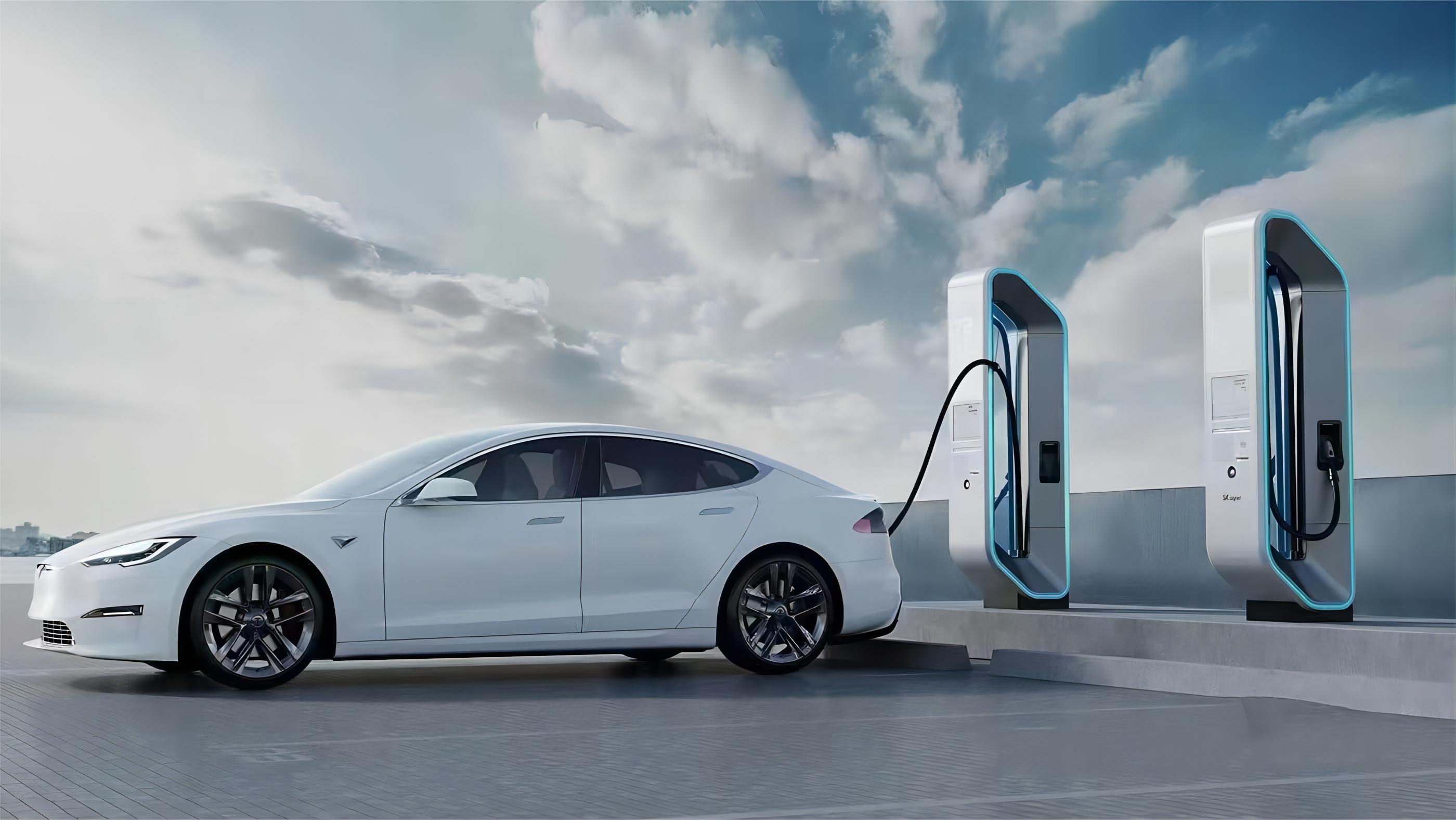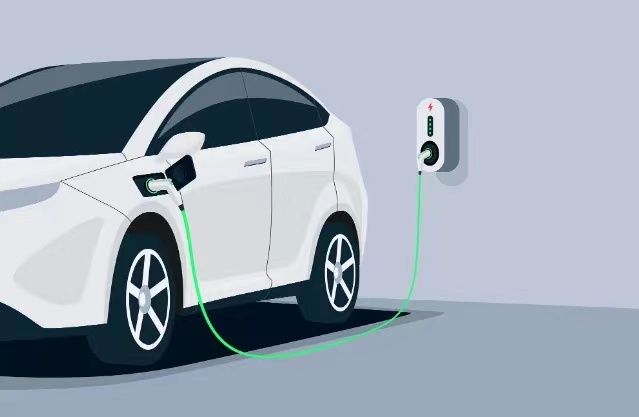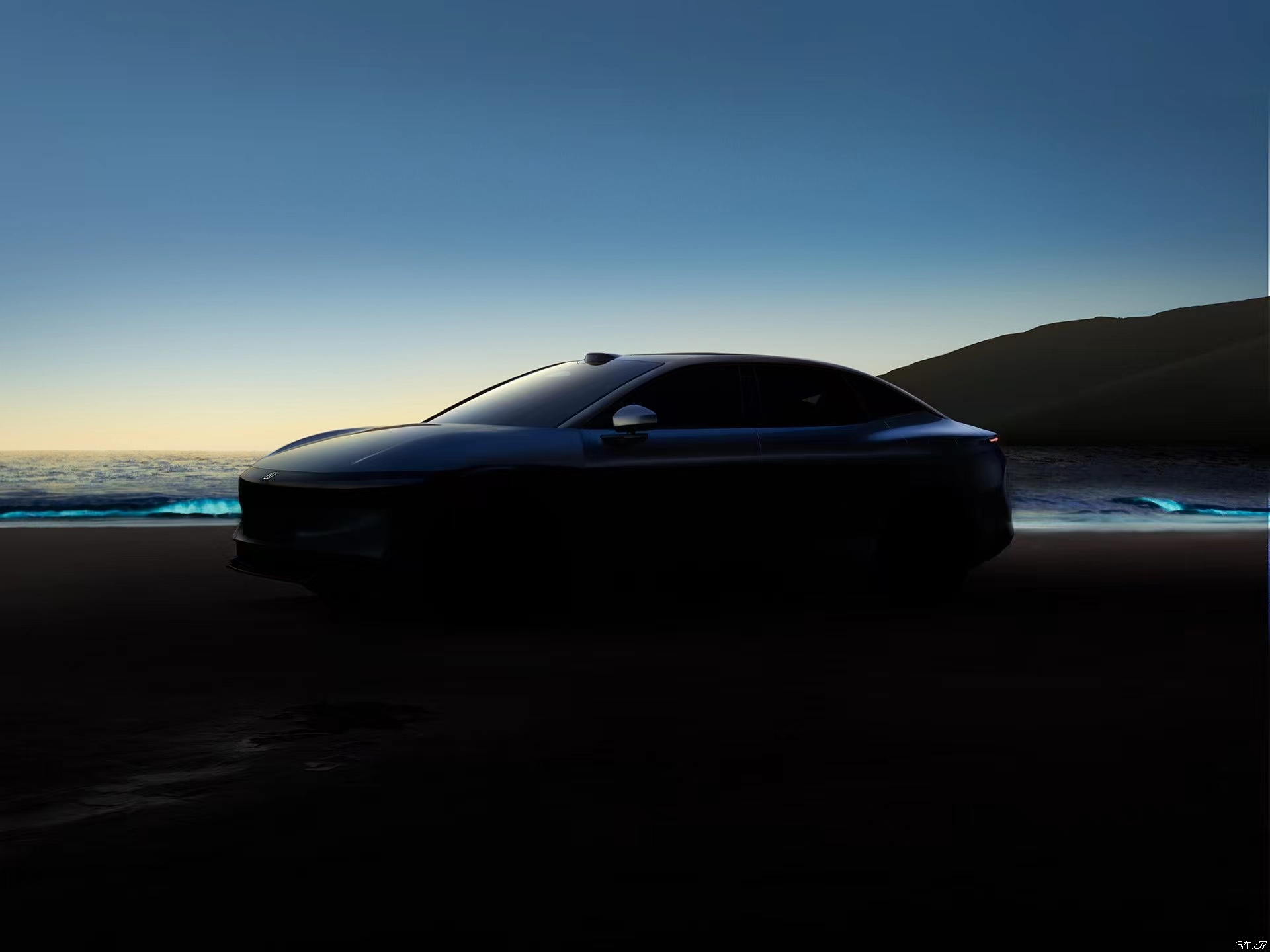BYD's plug-in hybrid vehicle is a new energy vehicle between pure electric vehicles and fuel vehicles. There are not only the engines, gearboxes, transmission systems, oil lines, and automobile fuel tanks of traditional automobiles, but also the batteries, electric motors, and regulating circuits of pure electric automobiles. And the battery capacity is relatively large, which can realize pure electric and zero-emission driving, and can also increase the vehicle's driving range through hybrid mode.
Plug-in Hybrid Vehicle (PHV) is a new type of hybrid electric vehicle.

As the pioneer and leader of plug-in hybrid vehicles, BYD has focused on the research and development of plug-in hybrid technology for twelve years and has a complete new energy industry chain. It also develops and produces three electric systems in-house, making it one of the first manufacturers in the world to develop plug-in hybrid vehicles from three electric technologies. The strong advantages of new energy technology give BYD the strength and confidence to carry out targeted research and development of electrical systems based on performance design goals and create plug-in hybrid models with leading performance.
DM-p focuses on "absolute performance" to create a performance benchmark for new energy vehicles
In fact, in the development of BYD's DM technology in the past ten years, it has attached great importance to the power performance comparable to large-displacement fuel vehicles. Since the second-generation DM technology started the "542" era (acceleration from 100 kilometers within 5 seconds, full-time electric four-wheel drive, and fuel consumption less than 2L per 100 kilometers), performance has become an important label of BYD's DM technology.
In 2020, BYD launched DM-p technology, which focuses on "absolute performance". Compared with the previous three generations of technology, it further strengthens the "fusion of oil and electricity" to achieve super power. Both the Han DM and the 2021 Tang DM, which use DM-p technology, have absolute performance of 0-100 acceleration in 4 seconds. Their power performance surpasses that of large-displacement fuel vehicles and has become the performance benchmark for models of the same level.

Taking the Han DM as an example, the "dual-engine four-wheel drive" power architecture using a front BSG motor + 2.0T engine + rear P4 motor is technically completely different from the P2 motor power architecture used by many foreign brands of plug-in hybrid vehicles. Han DM adopts a front and rear discrete power layout, and the drive motor is arranged on the rear axle, which can give full play to the motor performance and achieve greater power output.
In terms of performance parameters, the Han DM system has a maximum power of 321kW, a maximum torque of 650N·m, and acceleration from 0 to 100 mph in just 4.7 seconds. Compared with PHEV, HEV, and fuel-powered cars of the same class, its super power performance is undoubtedly superior, and it can compete even with million-level fuel-powered luxury cars.
A major difficulty with plug-in hybrid technology is the power connection between the engine and the motor, and how to provide a consistent strong power experience when the power is sufficient and when the power is low. BYD's DM-p model can balance strong power and durability. The core lies in the use of high-power, high-voltage BSG motors - the 25kW BSG motor is sufficient for daily driving of the vehicle. The 360V high-voltage design fully guarantees charging efficiency, allowing the system to always maintain sufficient power and strong power for long-lasting output.
DM-i focuses on "ultra-low fuel consumption" and accelerates its capture of the market share of fuel vehicles
The Han DM and 2021 Tang DM using DM-p technology became "hot models" as soon as they were launched. BYD's dual flagships of Han and Tang New Energy sold a total of 11,266 units in October, firmly ranking as the sales champion of high-end new energy Chinese brand cars. . But BYD didn't stop there. After maturely applying DM-p technology, it took the lead in the industry to conduct "strategic segmentation" of plug-in hybrid technology. Not long ago, it launched the DM-i super hybrid technology, which focuses on "ultra-low fuel consumption".
Looking at the details, DM-i technology adopts BYD's newly developed plug-in hybrid architecture and energy management system, achieving a comprehensive surpass of fuel vehicles in terms of economy, power and comfort. As one of the core components, the SnapCloud plug-in hybrid-specific 1.5L high-efficiency engine has set a new level of thermal efficiency of 43.04% for global mass-produced gasoline engines, laying a solid foundation for ultra-low fuel consumption.

The first Qin PLUS equipped with DM-i super hybrid technology was first released at the Guangzhou Auto Show and stunned the audience. Compared with models of the same class, Qin PLUS has revolutionary fuel consumption as low as 3.8L/100km, as well as competitive advantages such as abundant power, super smoothness, and super quietness. It not only re-establishes the standard for A-class family sedans, but also "recovers lost ground" for Chinese brand sedans in the fuel vehicle market, which has the largest share and is the most competitive.
With the dual-platform strategy of DM-p and DM-i, BYD has further consolidated its leading position in the plug-in hybrid field. There is reason to believe that BYD, which adheres to the development philosophy of "technology is king and innovation is the basis", will continue to make breakthroughs and innovations in the field of new energy technology and lead the industry forward.



